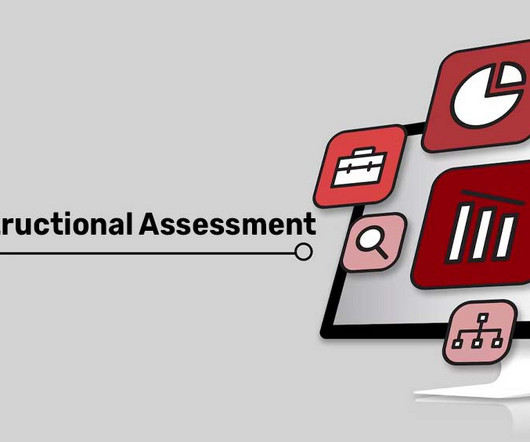Bit by the Instructional Design Bug: A Conversation with Connie Malamed
TalentLMS
APRIL 2, 2024
Having an understanding of cognitive science enables us to do analysis, design, and development. And our work is incredibly varied—analyzing content, interviewing audience members, designing user interfaces, developing eLearning, writing video scripts, and more. For example, you may spend one morning doing a content analysis.


















































Let's personalize your content